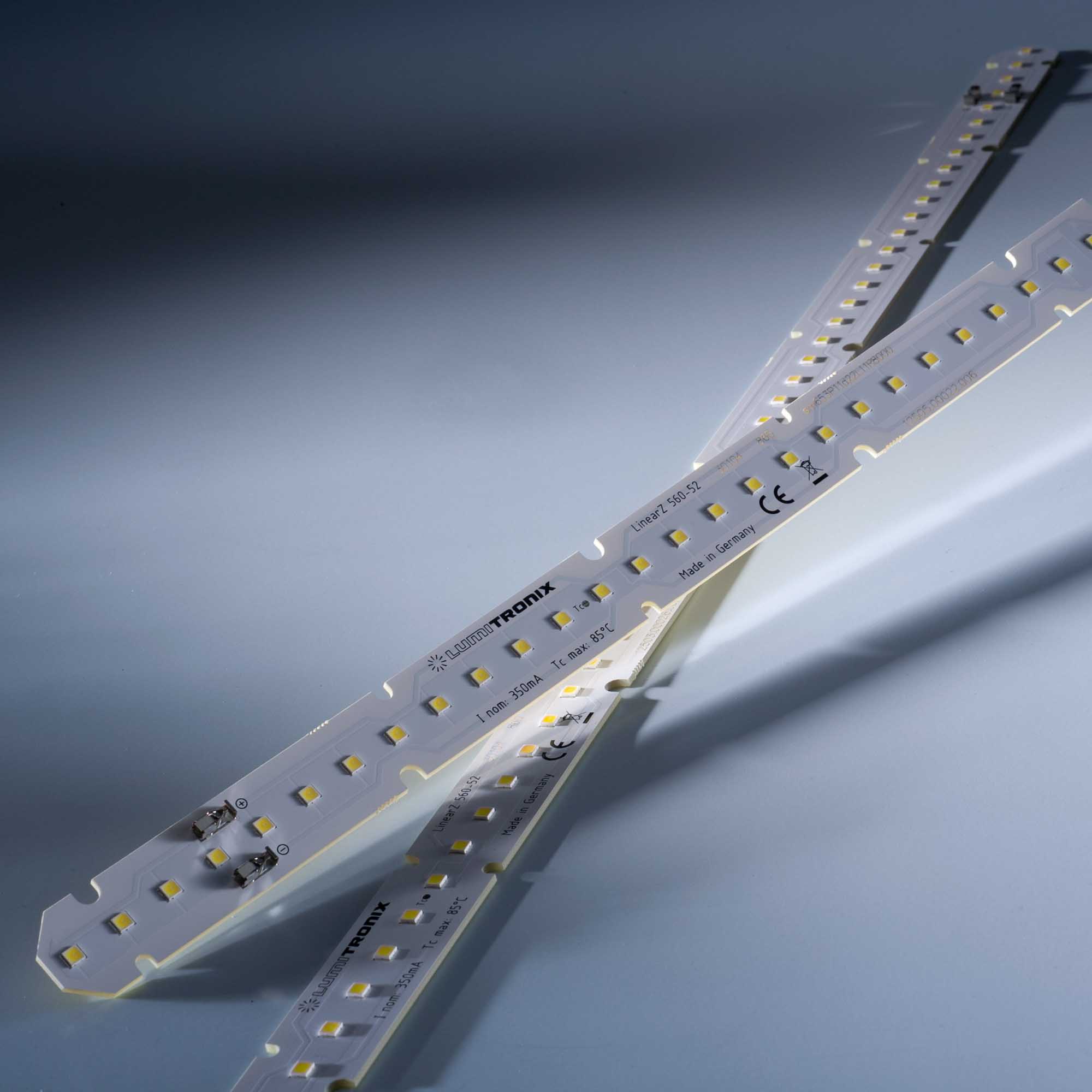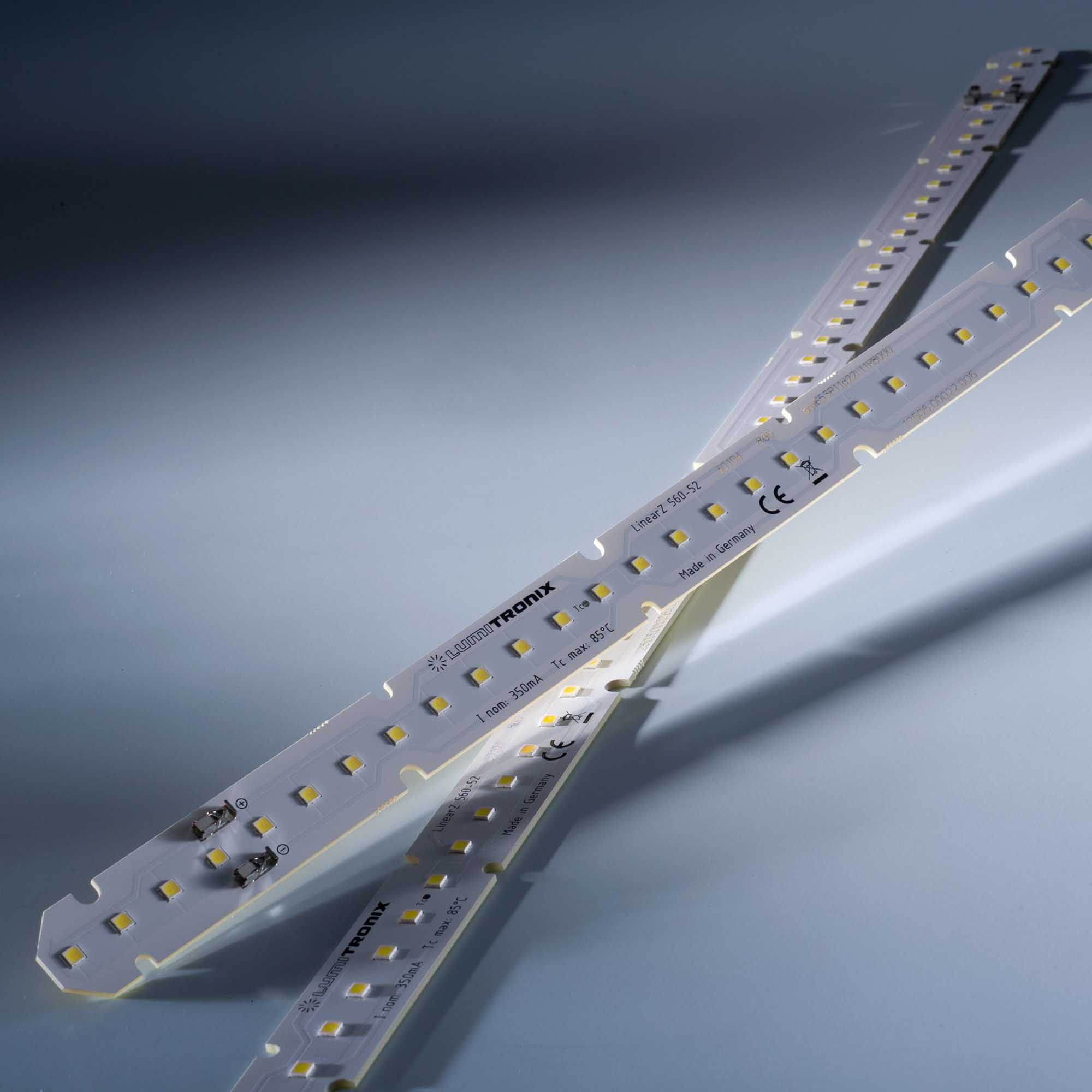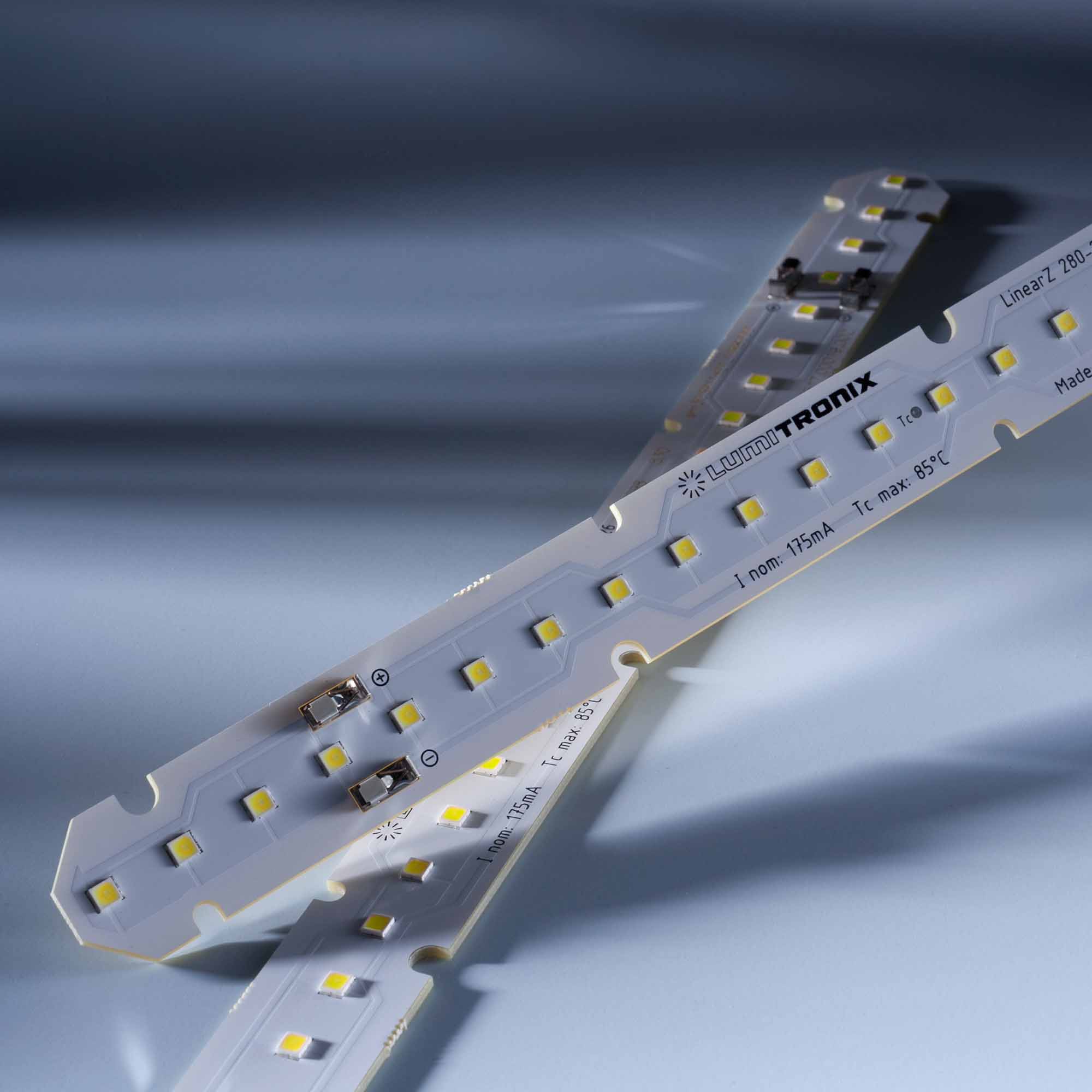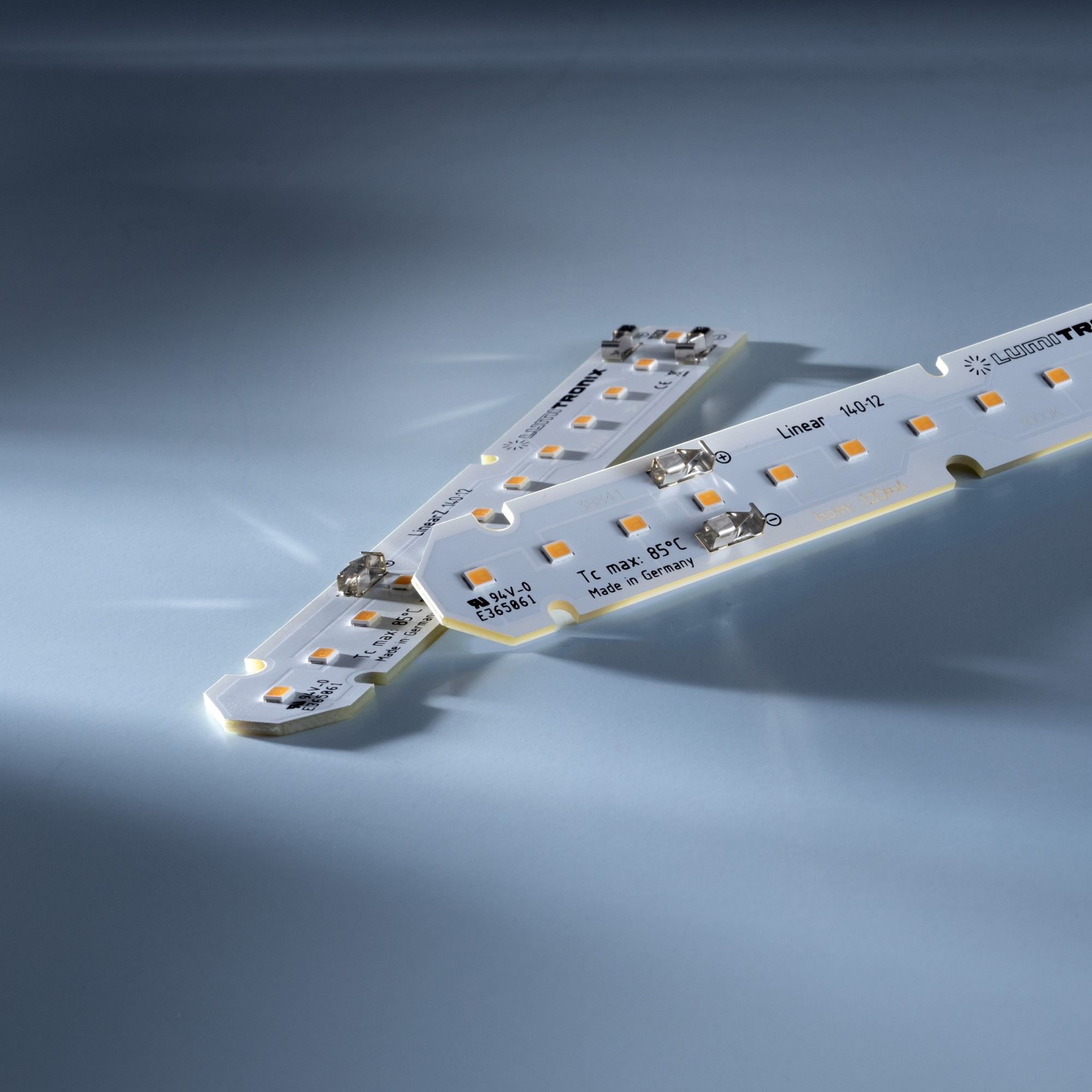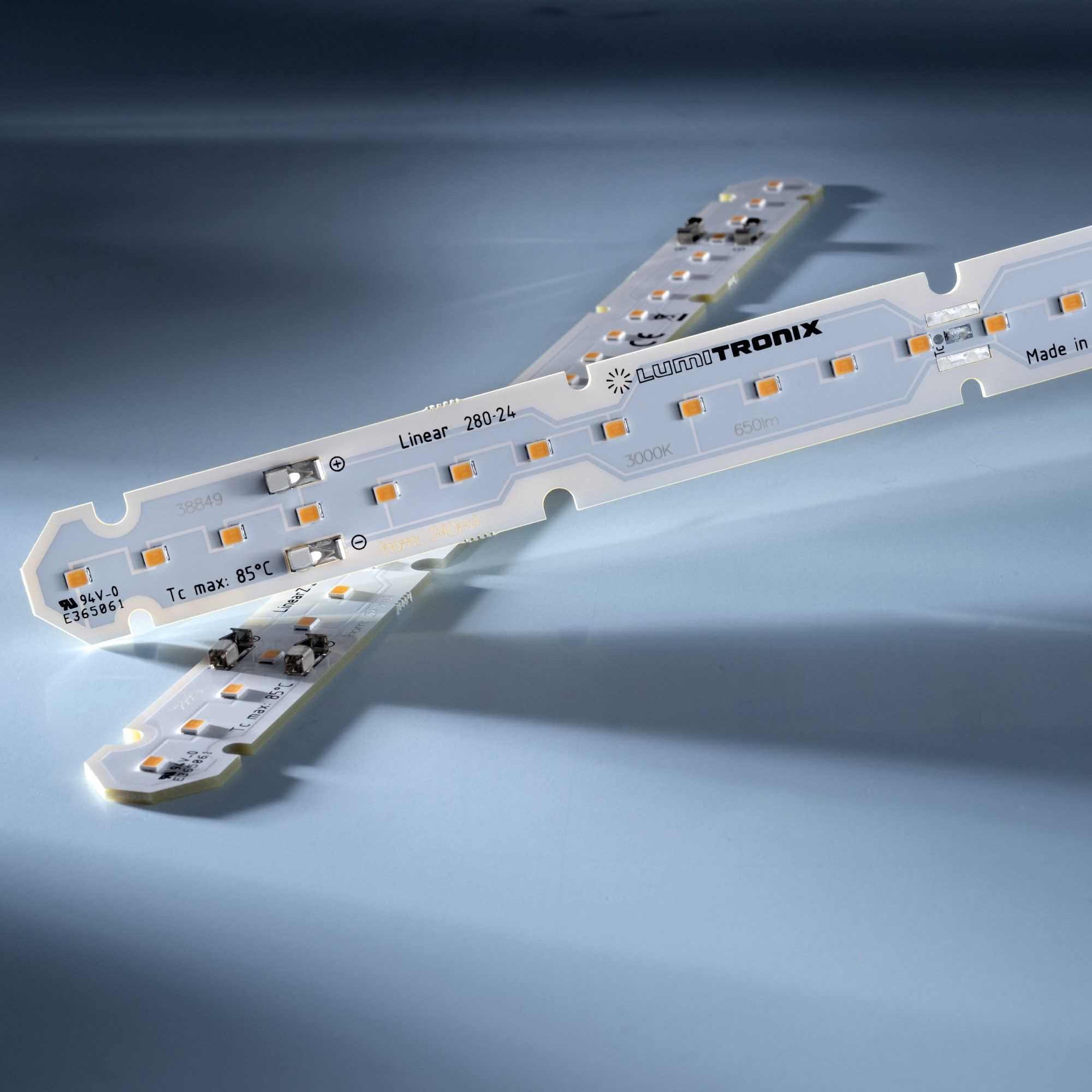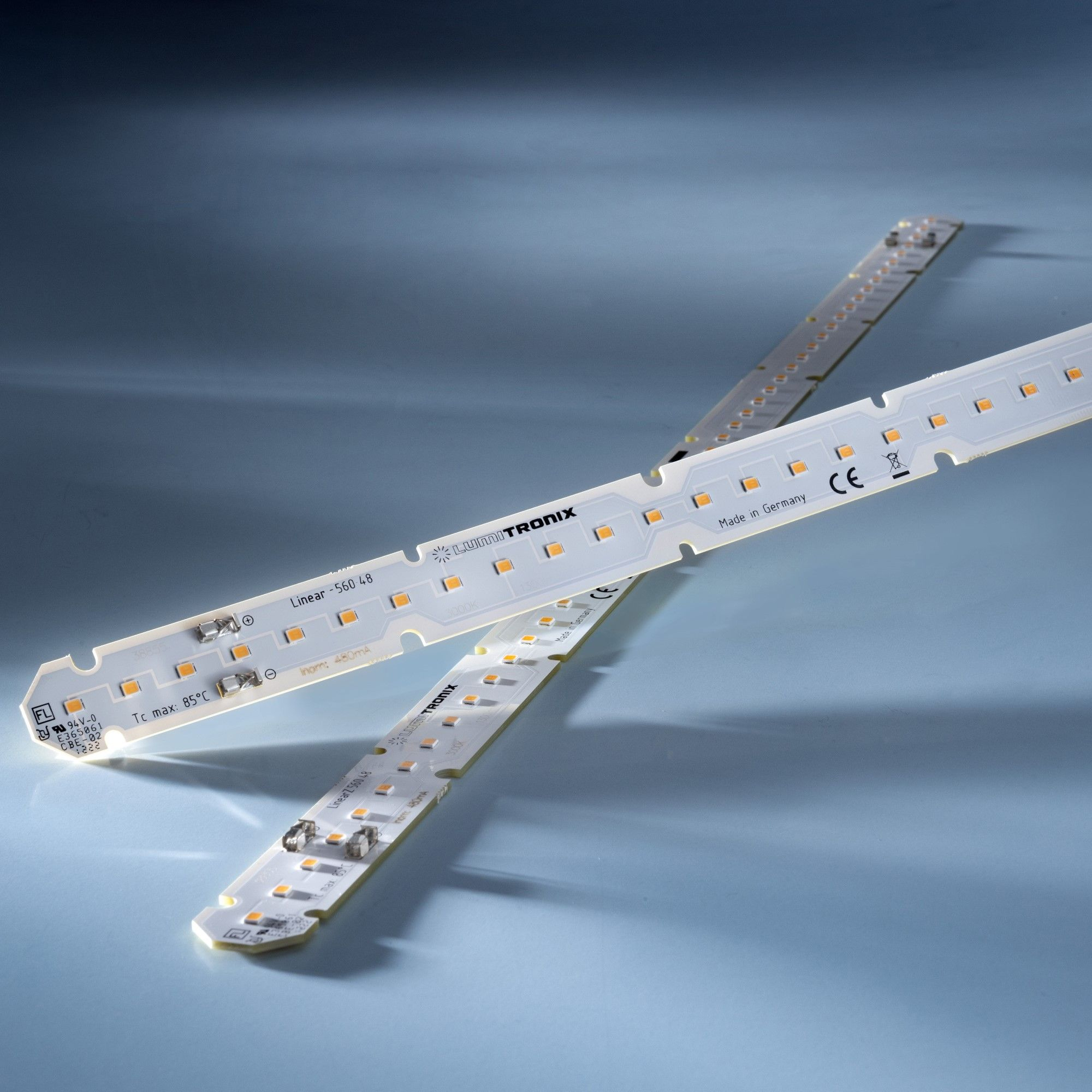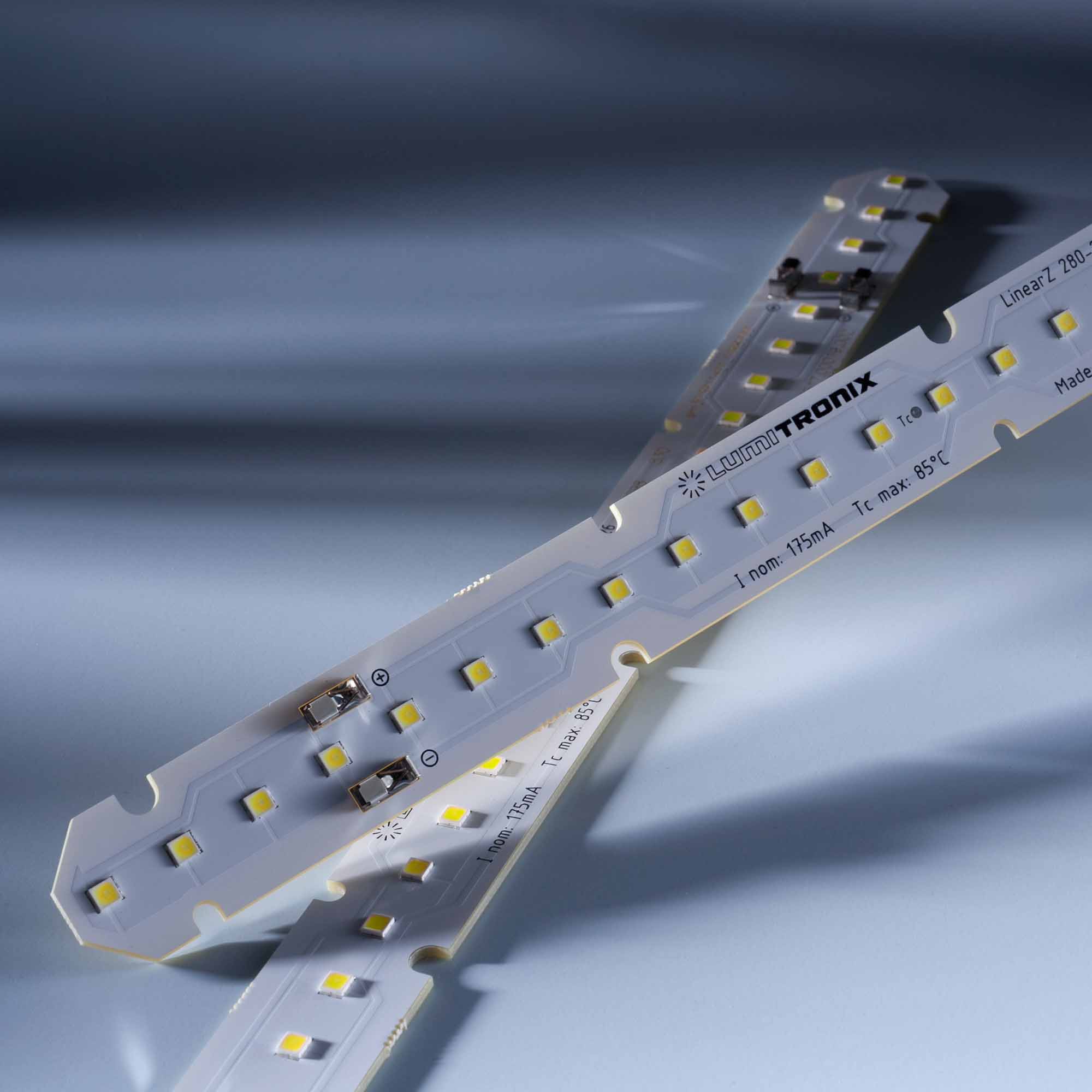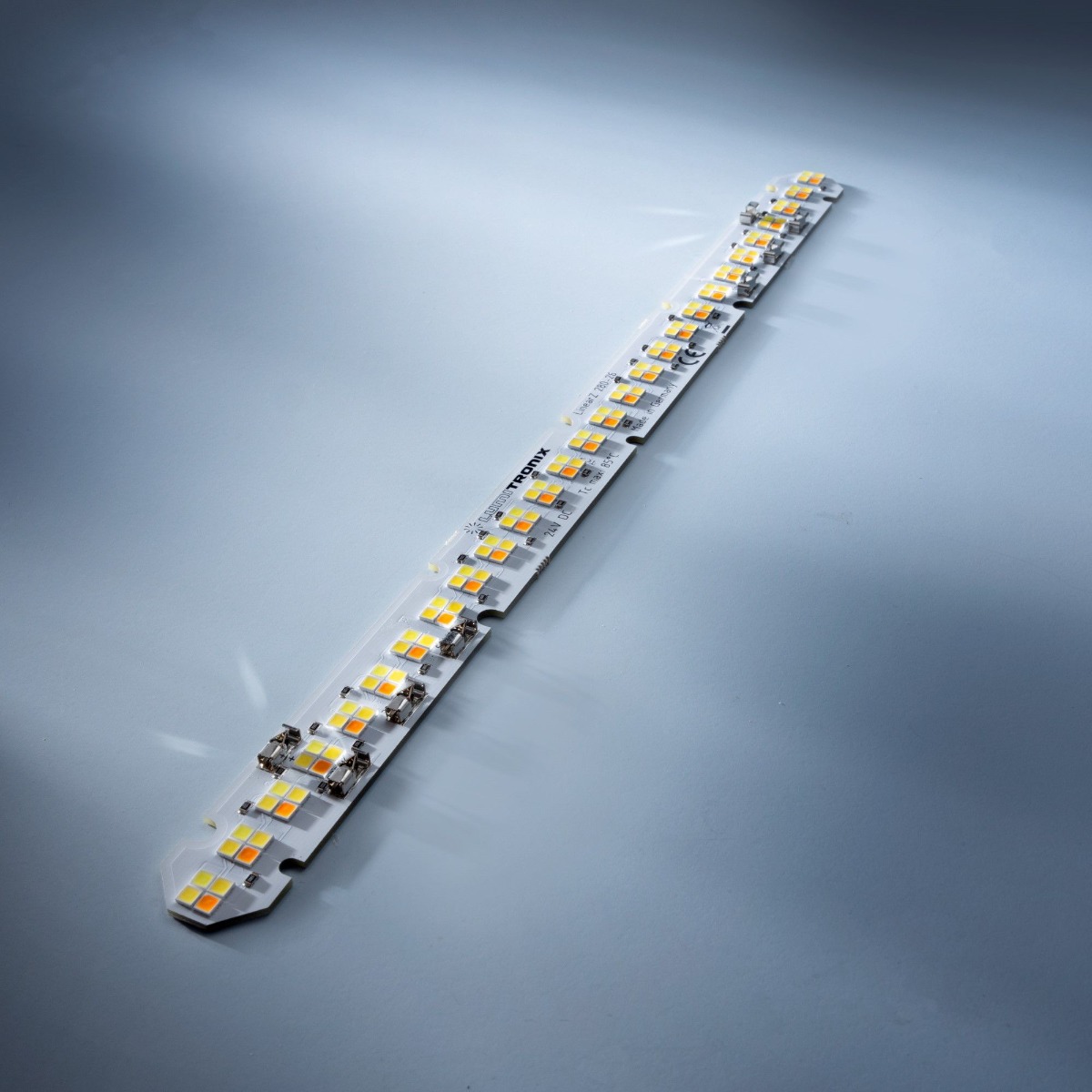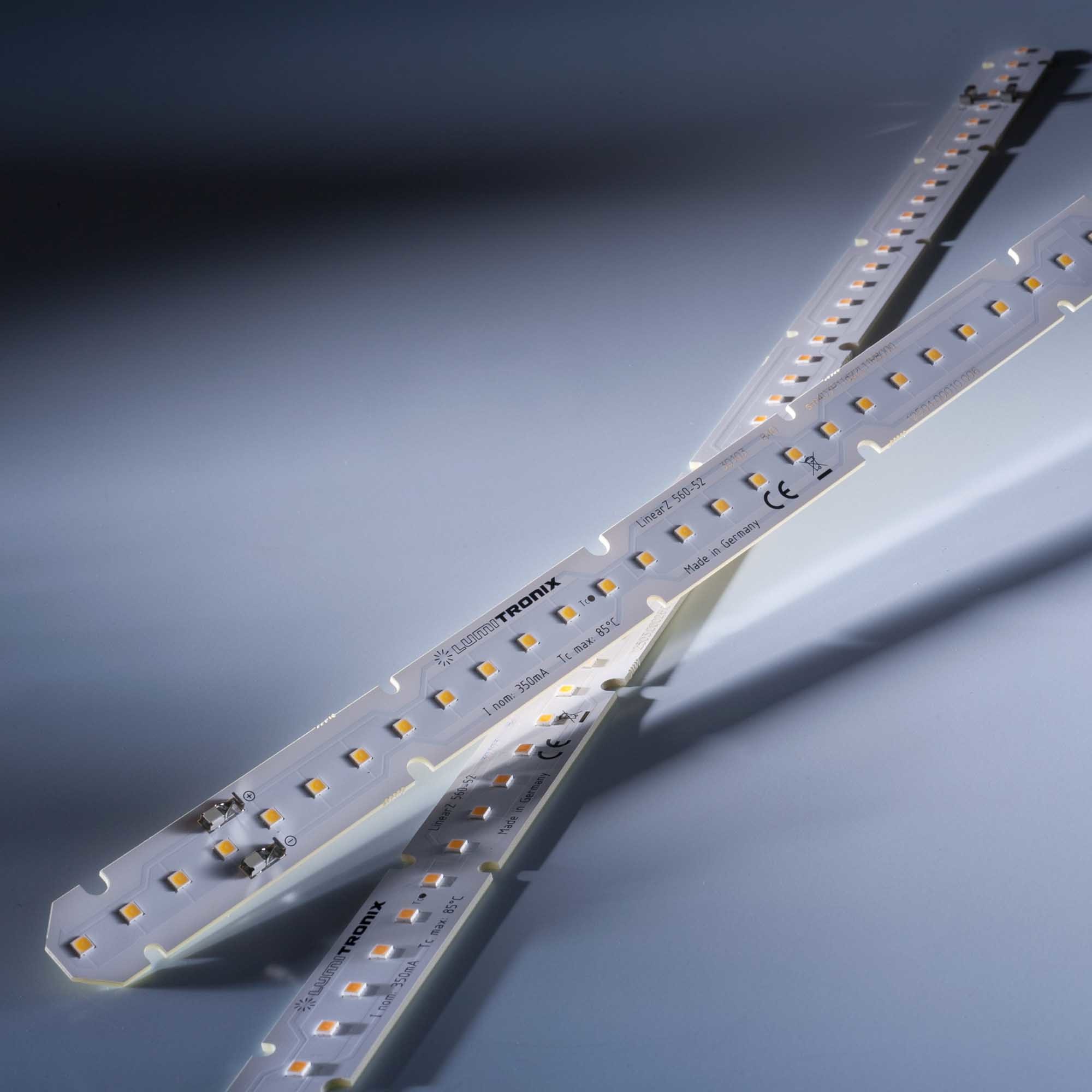Growing Plants Indoors with LumiBar LED Modules: The Guide to Efficient LED Horticultural Lighting Systems
- By Ledrise Led Professional
- Jan 5, 2023

Indoor plant cultivation in controlled environments under artificial lighting has gained immense popularity in recent years. The competition for efficient growth at a low cost and rapid pace has made lighting systems a crucial component in horticulture. This guide will walk you through the process of building the most efficient LED lighting system for your indoor plants.
The following is a quick guide on how to build the most efficient lighting system
- Research, Research, Research
Before diving into setting up a lighting system, it's important to understand the spectrum and light intensity your plants require. Start by reading our in-depth article on horticultural lighting, which will provide you with valuable insights and knowledge about various lighting aspects.
- Select the Appropriate PPFD and Light Color for Your Plants
With the advancements in technology, specialty or full-spectrum white light LEDs have emerged as the most efficient and cost-effective light sources for plant growth. Choosing a 3000K white color temperature will result in more aesthetically pleasing plants, while opting for 5000K promotes faster growth.
Our Nichia 757 Rsp0a white light LEDs, specifically designed for plant growth, and full-spectrum Nichia Optisolis or Sunlike LEDs, ensure up to 50% more growth than conventional lighting sources, including standard white LEDs, red and blue LED combinations, or fluorescent tubes, all while consuming less energy.
To provide optimal lighting for your plants, follow the recommended data for each square meter of soil:
At a distance of 30 cm, two full spectrum LumiBar LED modules with 3000K will have 354 PPFD, while at 56 cm, they will only have 100 PPFD. We recommend a 30 cm distance between the leaves and the LED modules for optimal results.
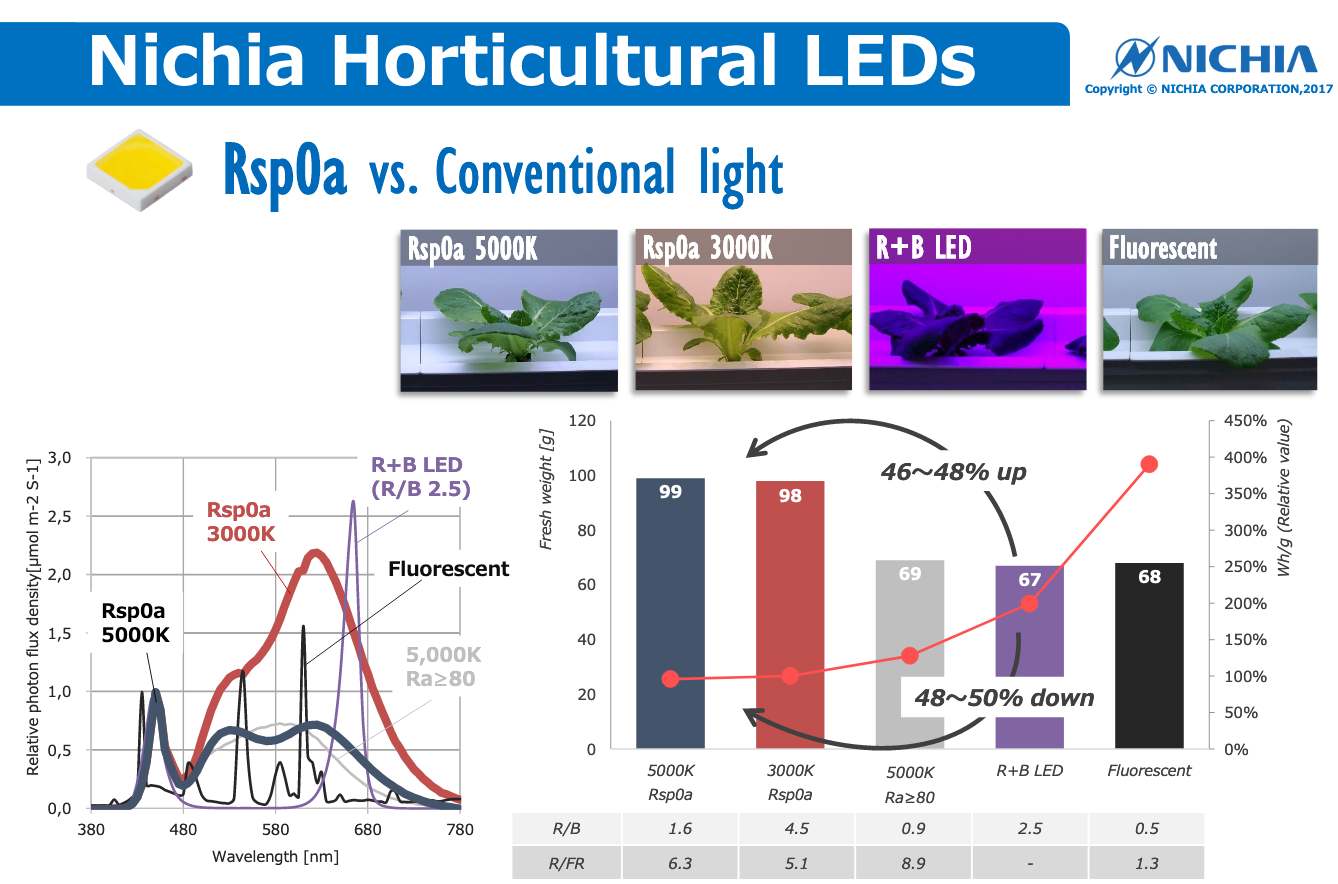
The PPF and PPF/Watt values of some of our LumiBar/LinearZ LED modules for plant growth are in the table below. Sunlike LumiBar LED module have similar results as Optisolis. You will also find the PPFD per square meter from a distance of 30 cm between the LEDs and the plant leaves:


Examples of recommended PPFD (PPF per square meter) for some common plants grown indoor:
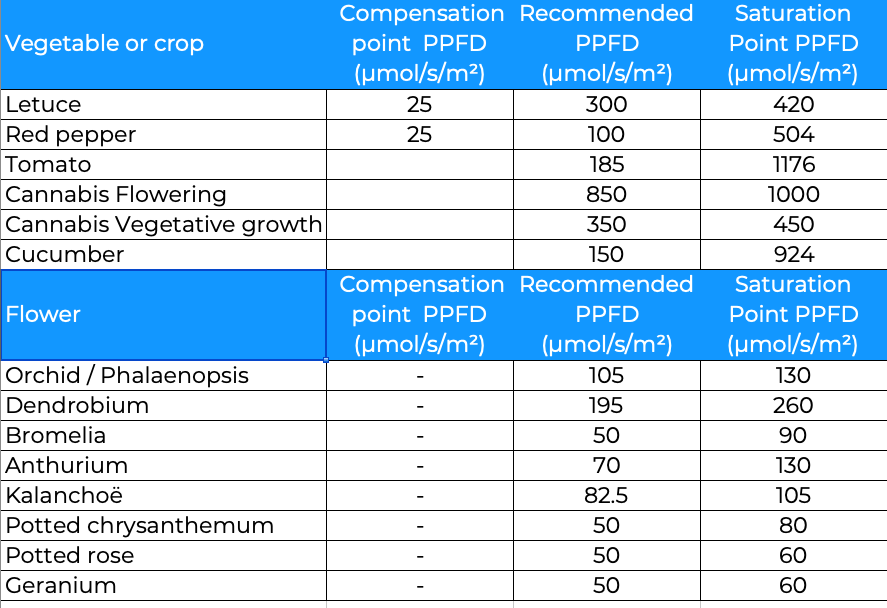
For more values, read our detailed article here.
To light the plants in the table above you can use the below recommended data, for each square meter of soil.
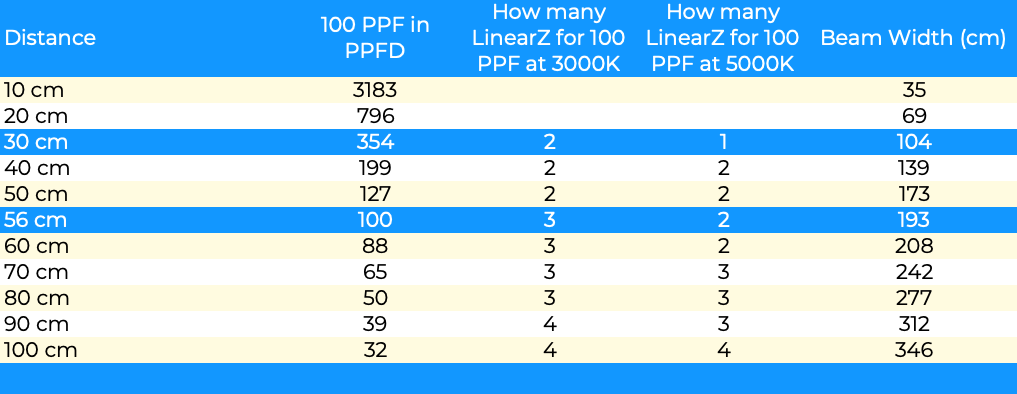
At a distance of 30 cm two LumiBar LED modules 3000K will have 354 PPFD while at 56 cm only 100 PPFD. We recommend 30 cm as the optimum distance between the leaves and the LED modules.
- Minimize Energy Costs (Efficiency: PPF/Watt)
An efficient LED system should deliver high PPF with minimal power consumption, keeping your operational costs low. For instance, our LumiBar Nichia Horticulture Rsp0a LED strip at 5000K boasts 1.82 PPF/watt, one of the highest on the market.
- Ensure Color Stability
Choose an LED system with minimal color shift throughout its operation to avoid negatively affecting plant growth. High-quality, long-life LEDs from reputable manufacturers like Nichia, Osram, or Cree typically offer excellent color stability. Our Nichia LED modules provide reliable color stability for a minimum of 60,000 operational hours.
- Uniformity in LED Color Temperatures
To ensure consistent color temperature, LEDs must be sorted and grouped into chromaticity bins. A 3-level MacAdam ellipse sort is necessary to maintain a uniform 3000K or 5000K color temperature across all LEDs in the strip.
- Opt for Easy-to-Install and Replaceable Modules
Intensive use of horticultural lighting systems, typically 12-16 hours daily, demands easily replaceable modules or strips. We recommend the Zhaga shape and connection standard, which ensures simple installation and replacement.
Our LumiBar LEDs are available as easy-to-install, plug-and-play modules that comply with the Zhaga standard. LumiBar 52 is equivalent to Zhaga Book 7 L56W2, and LumiBar 26 is equivalent to Book 7 L28W2.
LumiBar modules feature a plug-and-play power supply system that allows wire connections without soldering and are available in a constant current version for the highest energy efficiency.
In conclusion, understanding the specific lighting requirements of your plants and choosing the right LED lighting system can significantly impact their growth and health. By following this comprehensive guide, you can create the most efficient and cost-effective lighting environment for your indoor horticultural endeavors
Our LumiBar LEDs are available in easy-to-install plug-and-play modules with Zhaga standard.LumiBar 52 is equivalent to Zhaga Book 7 L56W2 and LinearZ 26 is equivalent to Book 7 L28W2.
LumiBar modules use a plug & play power supply system that allows wires to be connected without using a soldering gun, and are available in the constant current version for the highest energy efficiency.
